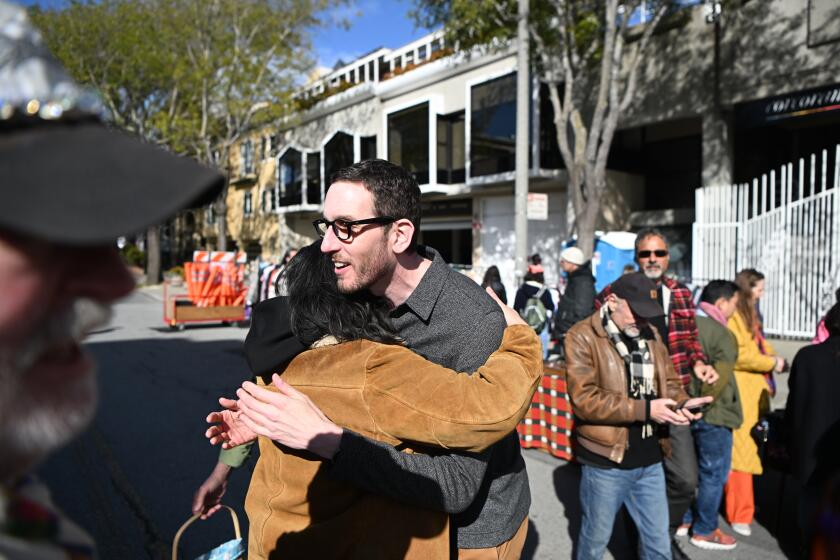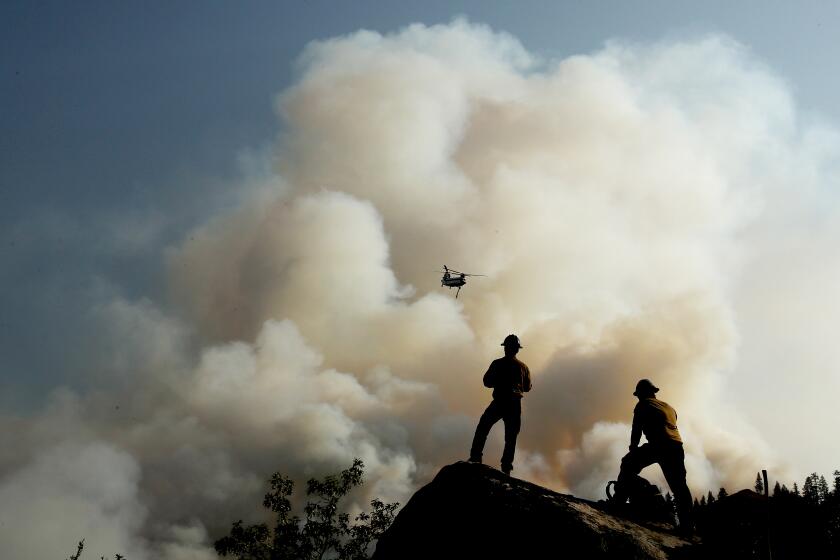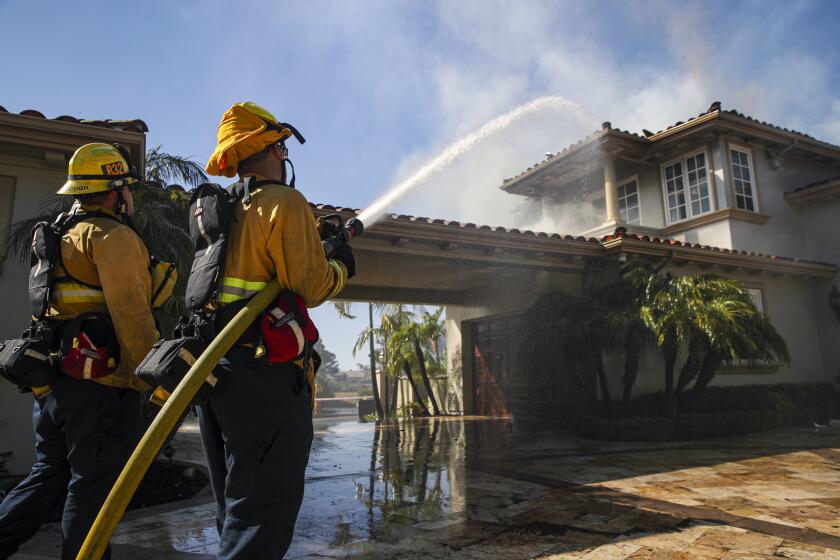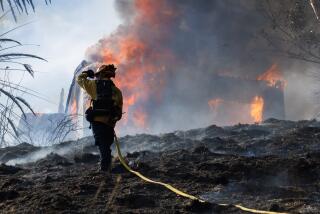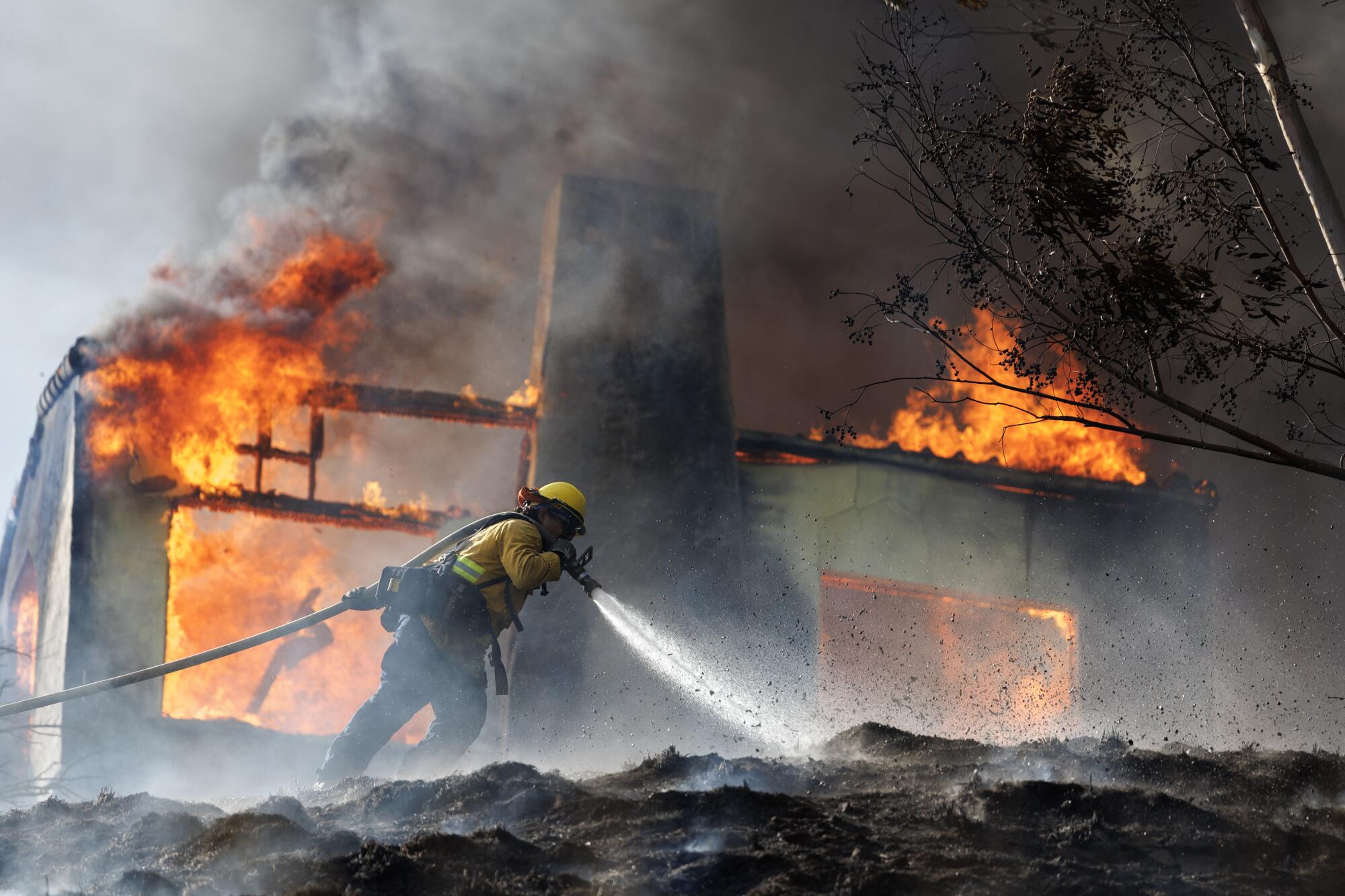
A legislative proposal to overhaul California’s decades-old wildfire mapping system is generating intense debate, with critics saying it threatens to fundamentally reshape the state’s fire and housing policies and increase development in fire-prone areas.
Senate Bill 610 seeks to repeal current rules that classify state and local lands into “moderate,” “high” and “very high” fire hazard severity zones — a process that rates areas based on their probability of burning, which in turn influences development patterns and building safety standards.
The legislation would instead empower the state fire marshal to designate lands as a “wildfire mitigation area” and dispense with the tiered severity zones. Residents and developers in a wildfire mitigation area would be required to follow the same fire hardening precautions, whereas currently the precautions vary according to the degree of assessed hazard.
Supporters say the move would create a more consistent standard with one process for approval. They say it would also allow for more public input and ensure that all development in fire-prone areas meets minimum safety requirements.
“While there are a lot of technical pieces to this, and a lot of thoughts and opinions, I truly believe that our ability to create a single wildfire code and apply it consistently in those areas that are at a hazard for wildfires will make a difference,” said Daniel Berlant, the state fire marshal.
Aggressive and impactful reporting on climate change, the environment, health and science.
Many residents are familiar with the California Department of Forestry and Fire Protection’s fire hazard severity designations, which were established in the 1980s in the wake of large, deadly fires.
Hazard assignments are determined by factors such as vegetation, terrain, climate, and the potential for wind to cause a major wildfire to spread. Purchasing or building property in hazard areas can come with certain requirements, such as the need to maintain defensible space or conduct annual brush clearance. The zones also govern rules for new developments such as roofing standards, siding materials, setbacks and parking.
But opponents of SB 610 say the plan to abolish hazard rankings is a thinly veiled effort to increase housing development in high-risk areas. They say the bill would wrest authority from local governments that have jurisdiction over their own fire hazard maps and consolidate it in the hands of the state fire marshal.
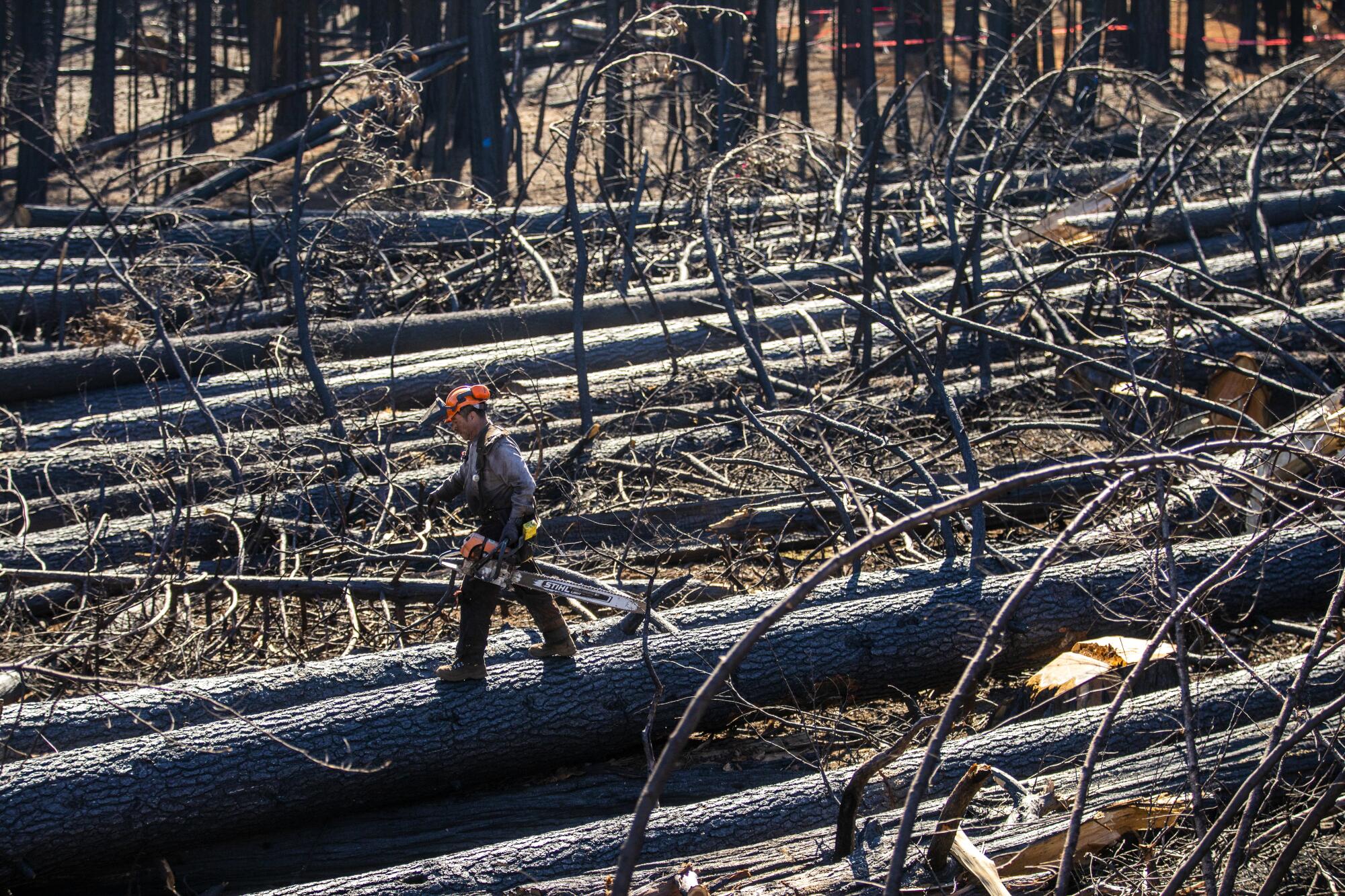
“This bill would put more people in harm’s way by making it easier to build in high-risk fire zones,” said J.P. Rose, a policy director and senior attorney with the Center for Biological Diversity. “It’s disappointing that while scientists are sounding the alarm about further developing in these areas, our politicians are bowing to building industry pressure with this short-sighted bill.”
Rose recently penned a letter on behalf of a coalition of more than 90 environmental, housing and land use organizations that called on Gov. Gavin Newsom to reconsider his support of the measure. Among other criticisms, they said the bill is at odds with the governor’s own Strike Force on Addressing Wildfire Risk — a 2019 document that urges California to begin to “deprioritize new development in areas of the most extreme fire risk.”
In San Francisco, Scott Wiener is considered a moderate. In Sacramento, he’s far left. Now he’s laying the ground to succeed Nancy Pelosi in Congress.
The bill was introduced in June by Sen. Scott Wiener (D-San Francisco), who has made headlines for bold and at times controversial housing policies. (The Times once described him as the “patron saint” of California’s YIMBY — yes in my backyard — housing movement.) The bill’s backers include the California Building Industry Assn., the Housing Action Coalition and Yimby Action, according to the legislature’s bill analysis.
Reached by phone, Wiener said the current fire mapping system is an “absolute mess” that is outdated and overly complicated.
He said that among other issues, existing hazard designations are divided between state responsibility areas — or the roughly 30 million acres for which the state has oversight — and local responsibility areas, such as the fire hazard severity zones designated by the city of Los Angeles.
While the state last updated its hazard maps in 2022, many local responsibility areas haven’t seen updates since 2007. The result is a hodgepodge of rules and processes that can be applied haphazardly or for ulterior motives, he said.
“If a city weaponizes the maps by classifying areas that are low-risk as high-risk, that could absolutely make it hard or even impossible, or unfeasible, to build housing in that area,” he said. “That’s why we want to make it actually based on facts and science, and not on what a city council politically decides to do.”
Nearly 17 million acres will fall under the worst ranking from the state fire marshal, a 14.6% increase since the map was last updated in 2007.
Although opponents of the bill say its intent is to increase development in high-risk areas, Wiener said this was not the case. The proposed bill doesn’t dictate where people can build — just like the existing system doesn’t ban development in high-risk fire zones — but it will ensure high fire protection standards for all buildings in the wildfire mitigation area, he said.
A fact sheet about the bill published by Wiener’s office also noted that the local mapping process lacks a public comment component and is not subject to statewide oversight or enforcement.
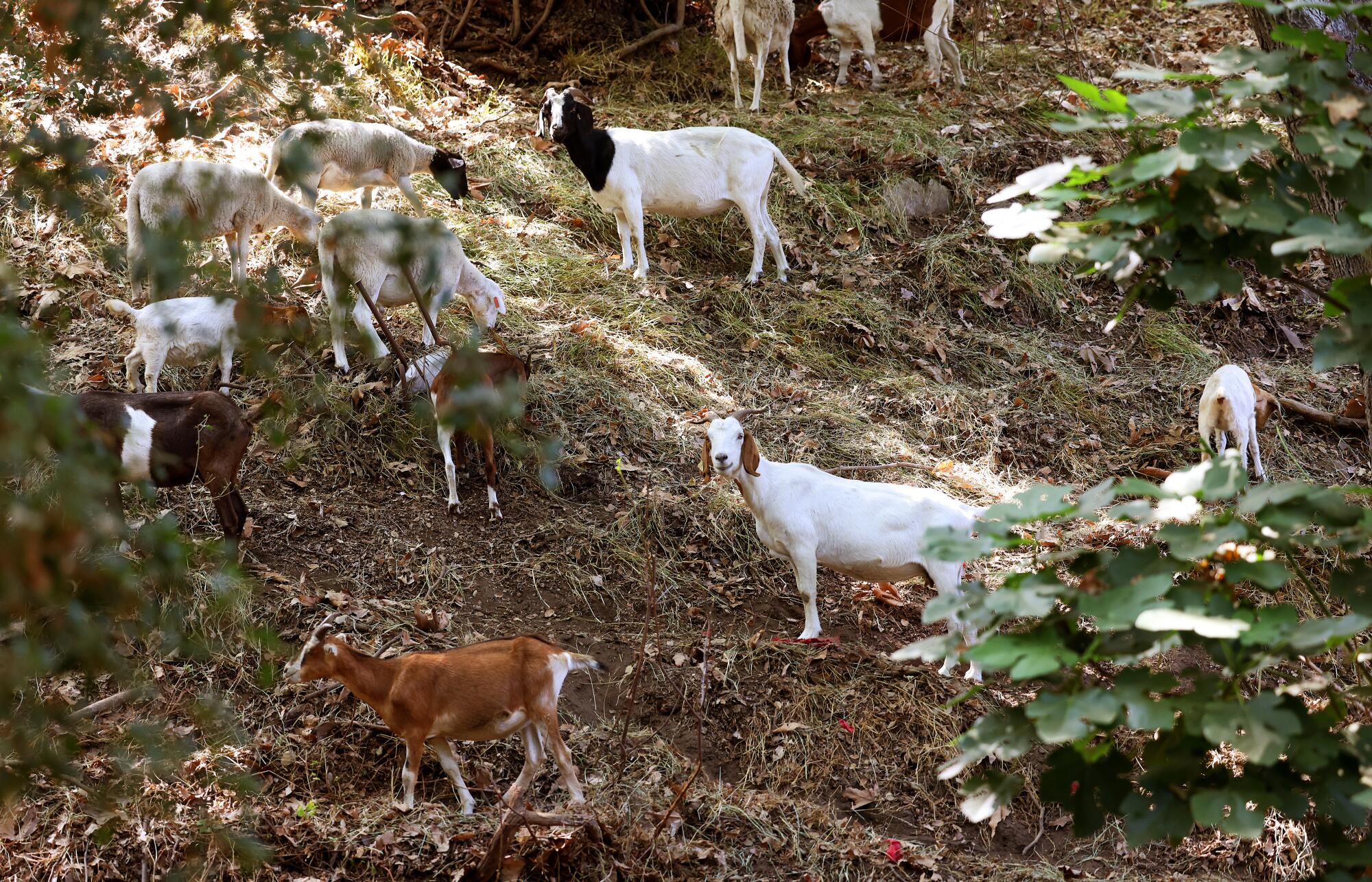
SB 610 has been endorsed by people who “put their lives on the line to fight fires,” Wiener said. Cal Fire’s deputy director of community wildfire preparedness and mitigation, Frank Bigelow, spoke in favor of the it during a July hearing in the state Assembly.
“We recognize that this is a significant shift in structure, but I want to emphasize that this bill would not reduce mitigations at all,” Bigelow said. “At its core, Senate Bill 610 is about making homes more resilient in areas of elevated fire hazard.”
Berlant, the state fire marshal, said he also believes the legislation will make communities safer and the process more clear. The single state designation would likely result in more areas falling under a fire hazard designation, not fewer, he said.
“What [SB] 610 looks to do is really shift how we adopt the map,” Berlant said. “The reason we’re collapsing the tiers into one area is that we’re inconsistently, already today, applying mitigations to those three tiers.”
And while Wiener said the bill is not intended to address the state’s insurance crisis — which has seen major companies flee the state due to worsening fires — Berlant said the proposal aligns with the insurance industry’s best practices, and with the California Department of Insurance’s Safer From Wildfires framework.
Toothbrush, socks, charger — check. But do you have a wildfire evacuation plan for your Airbnb or other vacation rental?
Critics, however, remain unswayed.
The proposal is “true insanity,” said Dan Silver, executive director of the Endangered Habitats League.
Silver said the goal of expediting fire-adapted development, as outlined in Wiener’s fact sheet, will not render communities safer.
“Studies show just the opposite, and evacuation is a critical factor that the bill does not even consider,” he said.
In fact, the coalition pointed to an analysis of the deadly 2018 Camp fire in Paradise, which found that 56% of homes built to current fire codes were destroyed. Similarly, a vast majority of structures damaged by the 2017 Thomas fire in Ventura had fire-resistant roofs and exterior siding.
Advocates for local government also remain concerned.
In its own letter about the bill, the California League of Cities acknowledged the need for improvements in the local mapping process, but expressed reservations about the total transfer of authority to the state fire marshal.
“Cal Cities believes local agencies must maintain their existing authorities to make wildfire-related designations within their jurisdictions and the new regulations must incorporate local agency expertise into the new wildfire mitigation area regulations,” the letter says.
Illese Buckley Weber, the mayor of Agoura Hills, said in a phone call that there is currently a lot of development underway at the base of the Santa Monica Mountains, and that local officials should continue to have a say about fire hazard designations in the area. Agoura Hills lost several structures to the Woolsey fire in 2019.
“The city wants to retain local control — all cities do,” Buckley Weber said. “We feel that we are the best to evaluate what are the best areas for development in our city.”
With just three weeks left in the legislative session, Buckley Weber said it would be “premature” to approve the bill without adequate discussion. SB 610 could see some amendments based on stakeholder feedback.
“I understand and respect that Sacramento does things for the entire state,” Buckley Weber said. “But on a lot of these issues, one size does not fit all — and this is one of them.”

